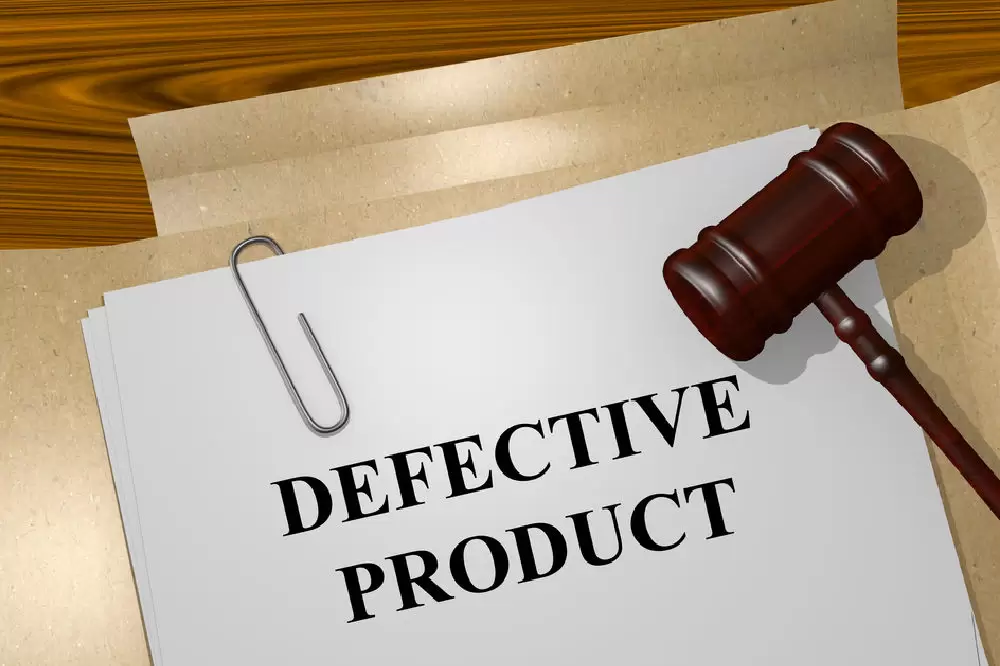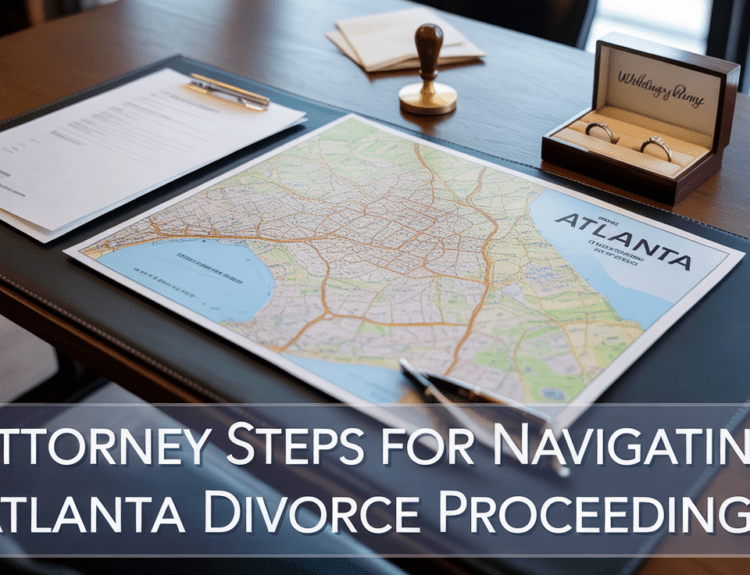Every year, millions of consumers encounter defective products that range from minor household items to major automotive defects, exposing them to potential harm and financial loss. Whether it’s a malfunctioning kitchen appliance that leads to injury or a critical flaw in car safety features resulting in accidents, the impact can be significant. Understanding your rights as a consumer and knowing the steps to initiate a defective product lawsuit are essential. These legal actions not only enable you to seek rightful compensation but also help enforce accountability upon manufacturers, promoting safer product standards. This guide is designed to navigate you through the intricate process of filing a claim, ensuring you are well-prepared to advocate for your rights effectively.
Contents
Introduction
Defective product lawsuits represent a fundamental component of consumer rights law, aimed at safeguarding individuals from injuries or damages resulting from poorly manufactured or designed items. These legal actions serve as a critical mechanism by which consumers can hold manufacturers, distributors, and retailers accountable when their products fail to meet safety standards or perform as advertised. In this article, we delve into the nuances of what exactly qualifies as a defective product, encompassing anything from minor design oversights to critical manufacturing flaws that compromise safety. We will also outline the legal frameworks that underpin these lawsuits, including the pertinent statutes and precedents that govern product liability. Additionally, the article provides practical advice on how to proceed with a claim, offering step-by-step guidance for consumers who find themselves adversely affected by defective products. This includes how to document the defect, seek expert opinions, and ultimately, engage with the legal system to pursue justice and compensation.
Understanding Defective Product Lawsuits
A defective product lawsuit is an essential tool for consumers to hold manufacturers, distributors, and retailers accountable when a product fails and causes harm. Such a lawsuit is typically predicated on one or more of three defect categories: design defects, manufacturing defects, and marketing defects. Recognizing the distinctions among these can greatly influence the strategy and direction of your legal claim.
What is a Defective Product Lawsuit?
This type of legal claim involves pursuing justice and compensation from parties responsible for releasing a defective product into the market. Whether due to poor design, errors in manufacturing, or inadequate warnings, these defects can lead to serious injuries or even death. By filing a defective product lawsuit, affected consumers can seek damages for their losses and also prompt corrective actions on part of the producer or distributor.
Design Defects
Design defects are inherent flaws that make a product unsafe for its intended use or foreseeable misuses. These defects are present in the product from the beginning, even before it is manufactured. If the unsafe design is replicated across an entire line of products, each unit produced and sold may pose a risk to the consumer. For instance, if a type of children’s toy is designed with small, easily detachable parts, it poses a choking hazard to young children, representing a significant design defect.
Manufacturing Defects
Manufacturing defects occur during the construction or production phase of the product. These defects may only affect a single batch of items or individual units, deviating from an otherwise safe blueprint. Such defects often arise from errors in assembly, the use of substandard materials, or lapses in quality control processes. For example, a batch of electric blankets may be defective if they overheat due to faulty wiring, posing a fire hazard even though the design itself is sound.
Marketing Defects
Marketing defects stem from the way a product is presented to the public, including how it is packaged, labeled, and advertised. These defects can also involve a failure to provide adequate safety warnings or instructions, which could prevent users from recognizing and avoiding risks. An example of a marketing defect might be a pain reliever that is effective and safely formulated but lacks clear warnings about its interaction with other medications, which could lead to severe health complications for users.
Understanding these categories and the nuances of each can empower consumers to better navigate their options when pursuing a defective product lawsuit. This knowledge is crucial for effectively addressing the harm caused and securing the compensation to which they are entitled.
cks necessary dosage information or warnings about potential allergic reactions.
The Legal Process for Filing a Defective Product Lawsuit
Identifying the Need for a Lawsuit
The first step in filing a defective product lawsuit is recognizing that a product defect has directly caused injury or damage. Documenting the incident, the injuries sustained, and how the product was being used at the time of the incident is crucial.
Seeking Legal Consultation
Consulting with a lawyer who specializes in product liability is essential. They can help you understand the viability of your case, the potential for compensation, and the legal strategies that might be employed. They will also help in gathering necessary evidence and expert testimonies.
Filing the Lawsuit
Your lawyer will file a complaint in the appropriate court. This document will outline your case against the manufacturer, including the nature of the defect, the harm caused, and the compensation you are seeking.
The Discovery Phase
During discovery, both parties exchange evidence and information. This phase can include depositions, requests for documents, and interrogatories. It’s a critical stage where much of the case’s foundation is built.
Negotiation and Settlement
Many defective product cases are settled out of court. Your lawyer will negotiate with the defendant’s representatives to reach a compensation agreement that reflects the damages you’ve suffered.
Summing Up
Defective product lawsuits are a vital mechanism for protecting consumers and ensuring that manufacturers uphold high standards of safety and quality. If you have been harmed by a defective product, understanding the process of filing a claim is the first step towards obtaining justice and compensation. Always consider consulting with a qualified attorney to guide you through the complexities of product liability law and to enhance your chances of a favorable outcome.




